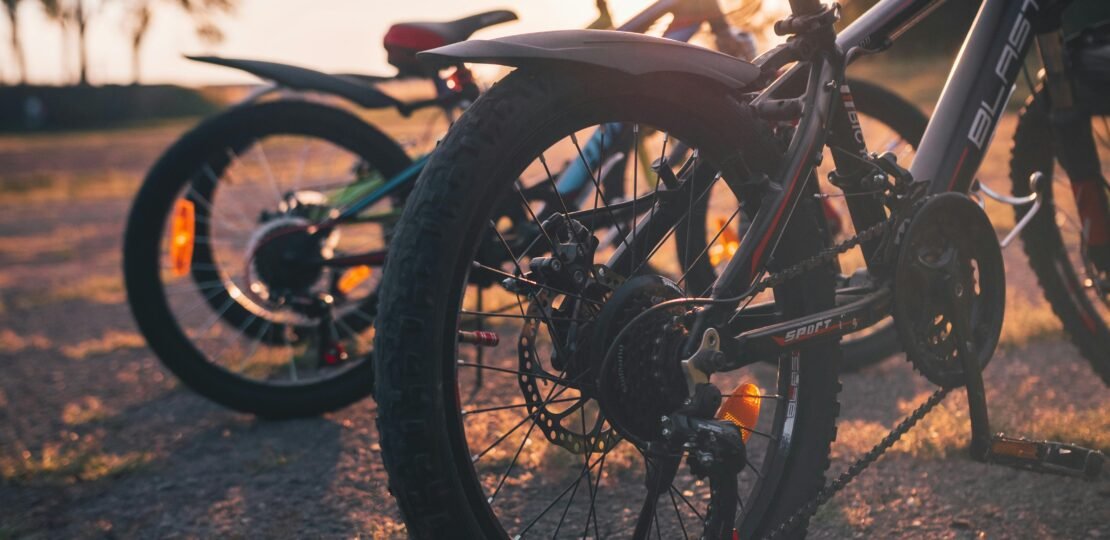Experiencing the Future: A Ride in the Zoox Robotaxi on the Las Vegas Strip
Picture this: a bustling construction zone, a sudden car crash, and a double-parked truck blocking your way. These were just some of the challenges my custom-built Zoox robotaxi navigated during an exhilarating one-hour ride along the Las Vegas Strip at CES 2025. The following evening’s shorter ride was less dramatic, yet both journeys showcased the Zoox robotaxi’s adept handling of complex scenarios without incident. While these rides might seem flawless to autonomous vehicle newcomers, seasoned testers like myself notice room for improvement.
The true marvel lies in how naturally these rides felt. Despite being inside a futuristic vehicle with no steering wheel or human driver, the experience was surprisingly normal — almost as if stepping into an Uber or Lyft, only more advanced. This is exactly what Zoox co-founder and CTO Jesse Levinson aims for: to make autonomous travel as routine as hailing a cab. The effort stretches across their locations from Las Vegas to California and even internationally.
- Zoox has rolled out its next-generation robotaxi with significant hardware upgrades.
- Enhancements include improved suspension, brakes, and more efficient computing power.
- User experience upgrades like a cushier bench and improved touchscreens have been implemented.
- A two-way audio interface on the vehicle’s exterior aids communication with first responders.
“The ability to execute driverless rides safely doesn’t guarantee business success. But it’s the required foundation to build a commercial operation.”
{Zoox Co-Founder Jesse Levinson}
Since my last ride in Foster City in October, Zoox’s progress is evident. Testing began modestly in June 2023 with a one-mile loop around their Las Vegas facilities, gradually expanding to more public streets. However, rides remain exclusive to select media and employees — not yet open to the public. The expectation is for public access in Las Vegas and San Francisco by 2025.
Both rides felt secure with smooth acceleration and confident lane changes, devoid of the hesitation often seen in other demo rides. Yet, minor comfort issues persist; for instance, the system’s overly cautious merging near construction zones or slightly abrupt braking at traffic lights could use refinement. These instances were rare but noticeable.
The highlight was witnessing Zoox’s adept handling of unexpected car crashes. In one scenario, our robotaxi paused several car lengths behind after noticing an accident ahead. With minimal disruption, it backed up slightly, signaled left, and merged into an adjacent lane within minutes — all autonomously.
This level of competence suggests that Zoox is primed for its next milestone: offering rides to the public. While safe driverless operations don’t automatically ensure business triumph, they are crucial for establishing a successful commercial venture. My experiences signal that Zoox is ready to take this significant leap into the future of transportation.



